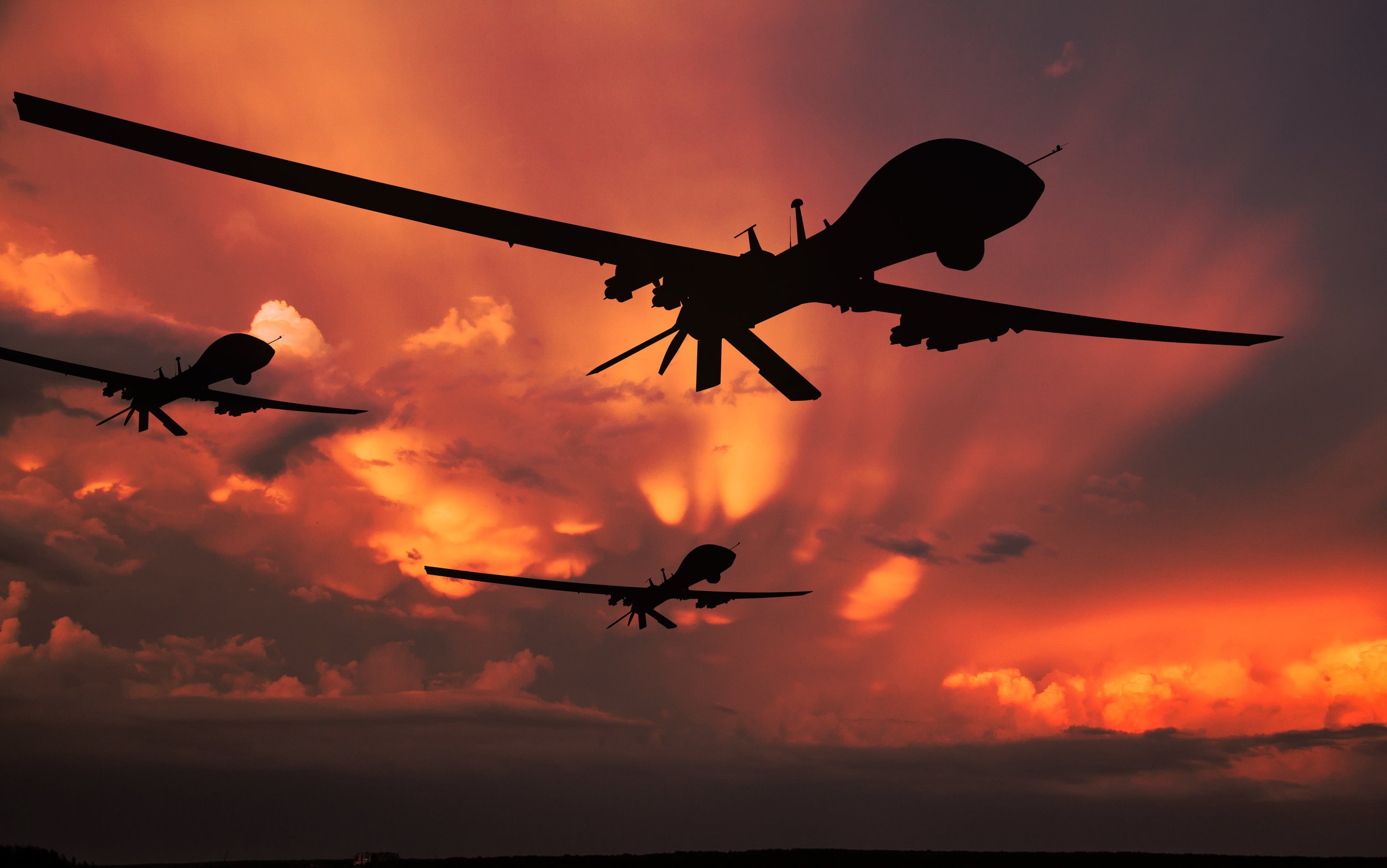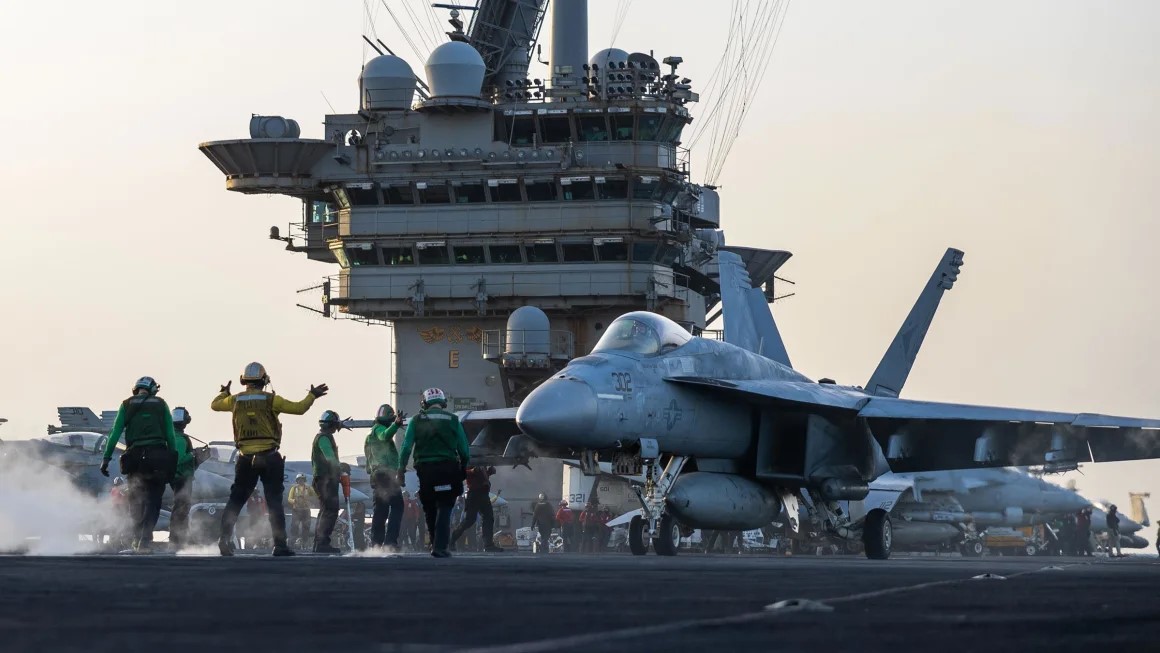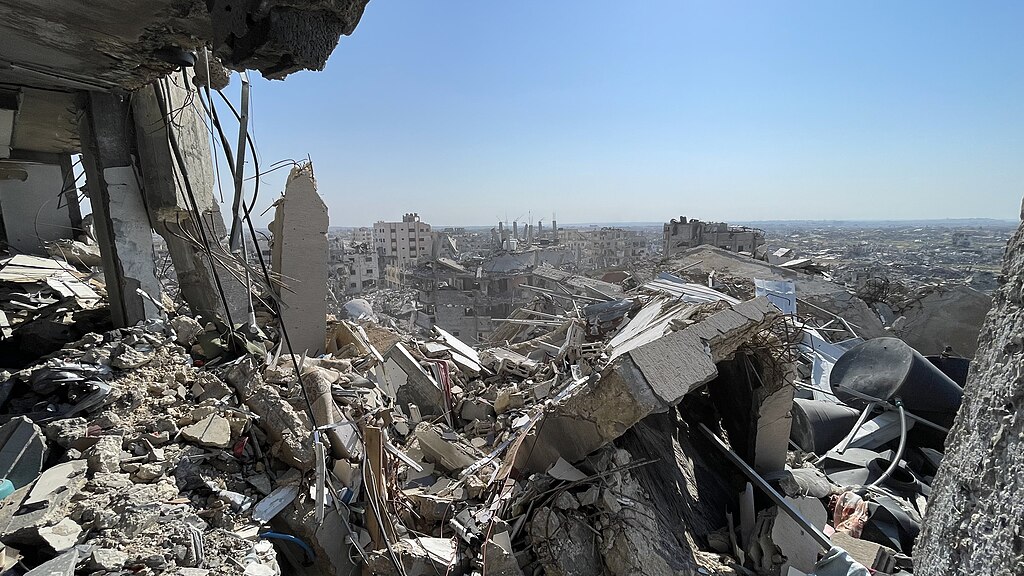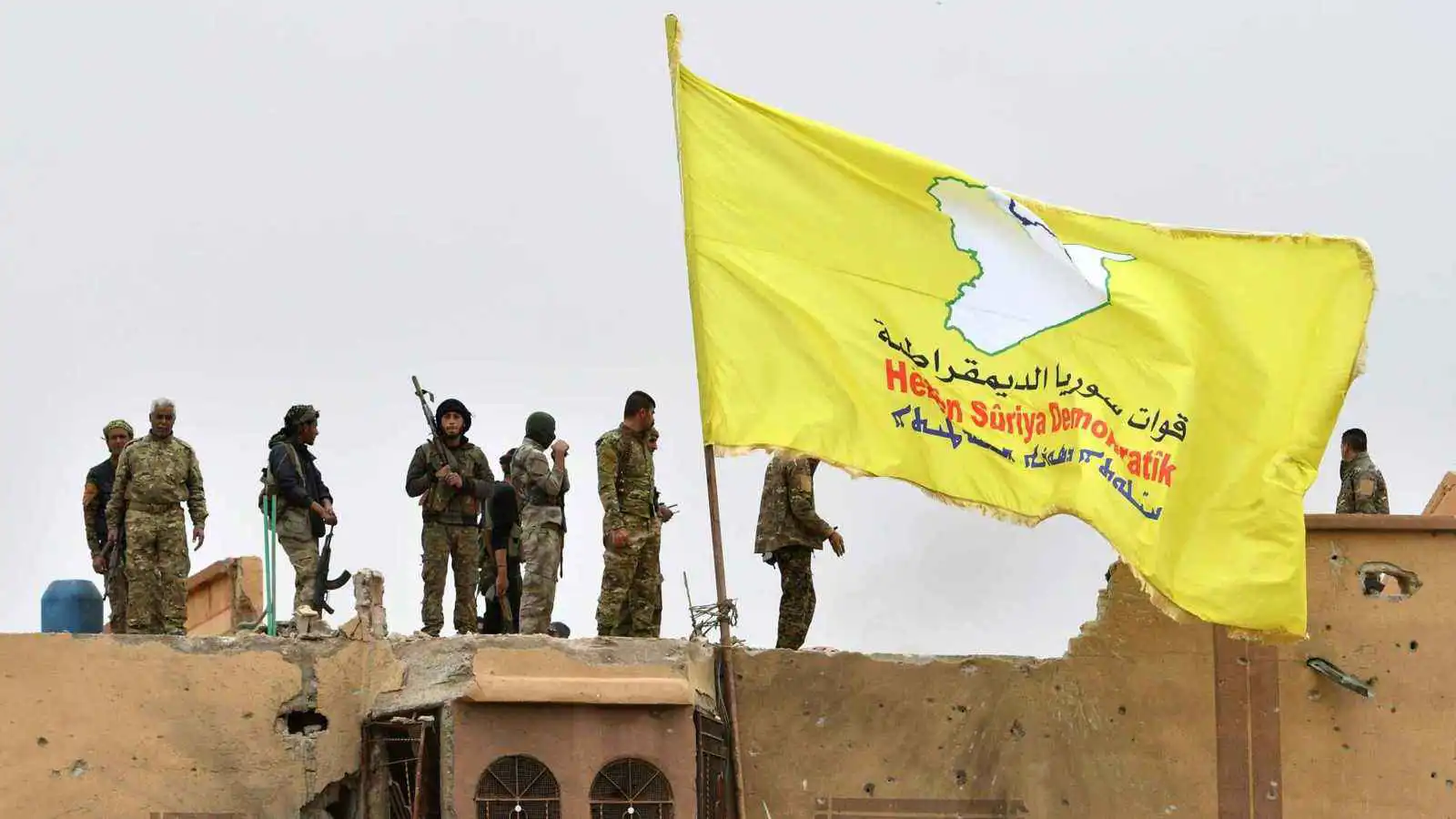Story at a glance…
-
Strikes from Yemen’s Houthi government resulted in the loss of a US F/A-18 fighter jet, costing $60 million.
-
These were followed by the launch of a “hypersonic” ballistic missile at an airbase in Israel.
-
US officials have admitted the Houthis are reliably able to defend themselves by shooting down US drones, complicating the Pentagon’s plan to move to “phase 2” of its campaign over Yemen.
In the latest exchanges between US and Houthi forces in the Red Sea, a sharp turn executed by the US aircraft carrier Harry Truman led to the loss of a Lockheed Martin F/A-18 Super Hornet fighter jet.
While being towed across the hanger bay, the ship turned sharply to avoid a projectile launched by Houthi forces on mainland Yemen, resulting in the jet and tow vehicle sliding off into the sea—$60 million of air power lost in a single, non-lethal instant.
The report came via officials speaking with CNN, and the busy spokesman for the Houthi military Yaha Sahee, relayed it through official channels at quarter to six, local time on Monday.
“The Yemeni Armed Forces will persist to target and pursue the aircraft carrier and all enemy warships in the Red and Arabian Seas until the aggression against Yemen is halted,” Sahee said.
The incident came a day after US airstrikes hit a detention center for African migrants in Yemen’s northwestern Saada Province and killed 67 civilians whilst injuring another 48.
A Pentagon official told Reuters that the US military was “currently conducting battle-damage assessment and inquiry into claims,” of civilian casualties. Per official record keeping procedures established during the Obama Administration, the Pentagon does not recognize civilian casualties killed from US bombing unless DoD personnel perform an investigation, which is rarely done.
“The Pentagon has shared virtually no details about its bombing campaign in Yemen, which US Central Command acknowledged on Sunday, claiming it was withholding information to preserve ‘operational security,'” writes Dave DeCamp, award-winning reporter and news editor at Antiwar.
“The United States of America did not stop at killing Yemeni citizens and targeting civilian objects in Yemen, but its heinous crimes extended to targeting African migrants who arrived in Yemen in search of safety and stability,” Yemen’s National Committee for Refugee Affairs said, according to the SABA news agency. “They were housed in a shelter center operating under the knowledge and supervision of the International Committee of the Red Cross and the International Organization for Migration”.

Drones and hypersonics
On Sunday, the Houthis announced they had struck Israel’s Nevatim Airbase with a hypersonic ballistic missile, saying the operation “successfully achieved its goal”. It follows a similarly claimed attack on Saturday that Israeli officials said was intercepted.
Israeli officials haven’t commented on Sunday’s attack, which like Saturday’s was claimed to have been carried out with a “Palestine-2 hypersonic ballistic missile”. The Houthis potentially having an indigenous hypersonic weapons program is doubtful; it’s more likely they’ve received the technology from another source. The mainstream media would deliver a knee-jerk report that Iran is the provider, but it’s not clear that Iran possesses such technology either, since at the moment the US is still testing the technology herself.
It’s also clear that the Houthis are more capable of defending the territorial waters, lands, and skies under their control than anyone would have imagined prior to Donald Trump’s massive escalation of the tit-for-tat hostilities initiated under the previous Biden Administration.
An unnamed US official said that Trump’s plan under his military and foreign policy team was a dramatic escalation in bombing Houthi command and control sites, weapons stores, and leadership personnel, before switching to a more precise combination of monitoring and assassinations using drones.
The only problem is the drones keep getting shot down, the officials explained. In fact, the Houthis are only getting better at targeting them, the officials said. The opening days of bombing, launched from the Harry Truman left the Houthis in a “confused and disarrayed state,” Pentagon officials said.
Yet the Houthi air defenses have downed 21 MQ-9 Reaper drones since October 2023, with 7 being destroyed in the last 30 days alone. At a cost of $30 million per drone, it means that, coupled with the F/A-18, around $700 million of air power has been destroyed by the Houthis since operations against them began.
After nearly six weeks of heavier US bombing, the Houthis’ ability and intent to launch attacks on vessels in the Red Sea and in Israel “is little changed,” wrote CNN, as is their command-and-control structure.
Harrry Truman was deployed to the Red Sea to relieve USS Theodore Roosevelt, which was engaged in “the longest running sea battle since World War II,” during which it expended a similar monetary value in ammunition and fuel, and maintenance requirements.
A bloody legacy, unresolved
In 2015, the Wall Street Journal reported that the Pentagon under then-President Obama had recruited the Houthis to “maintain its fight against a key branch of al-Qaeda,” called al-Qaeda in the Arabian Peninsula, or AQAP, the group which bombed the USS Cole in 2000 and killed 17 seamen and injured 37. Dug into the fractious environment of southern Yemen, that had only 20 years before been an entirely separate country, the Houthis from the north were seen as a key ally in that fight after the Zaydi Shi’ite militia took control of the country during a brief civil war in 2015.
But only a month after the WSJ report, the Obama government announced it was switching sides to back Saudi Arabia in its intervention in the country which turned into the world’s worst humanitarian disaster, killing hundreds of thousands of Yemeni civilians.
In 2022, the death toll had officially reached 377,000 by the time a sort of pseudo-famine was declared that threatened 1.6 million people with immediate food shortages. It’s unknown how many succumbed and added their bodies to the tally, but it had long passed the point at which the American people were willing to support the US in its prosecution of this faraway country for reasons never explained to them.
After years of hard lobbying in the United States by peace advocates like the Friends Committee for National Legislature, a resolution authored by Senator Bernie Sanders (I – VT) that would force a vote in line with the War Powers Act on completely and permanently ending American support and funding for the US-Saudi war, which had been ongoing for 8 years at that point, and which had gathered a small army of co-sponsors, was going to be brought to the floor.
WaL reported on December 14th that Sanders had withdrawn the resolution from a vote after it became clear that either President Biden or others in the White House were pressuring Democrats to vote against it. 26 months after the withdrawal, Biden had engaged the US military in “near-daily bombing” of Yemen as part of a “sustained military campaign,” US officials told The Washington Post at the time, revealing the cost of Sanders’ willingness to negotiate on the resolution’s language.
By January of 2024, President Biden had authorized 60 airstrikes in Yemen in order to try and counter the Houthis’efforts at striking shipping and military vessels in the Red Sea, but admitted they were neither working nor going to stop.
When asked by a reporter if his strikes against the Houthis were working, the president responded: “Well, when you say ‘working’ — are they stopping the Houthis? No. Are they going to continue? Yes”. WaL
We Humbly Ask For Your Support—Follow the link here to see all the ways, monetary and non-monetary.
PICTURED ABOVE: An F/A-18 Super Hornet on the deck of the USS Harry Truman. PC: US Navy


